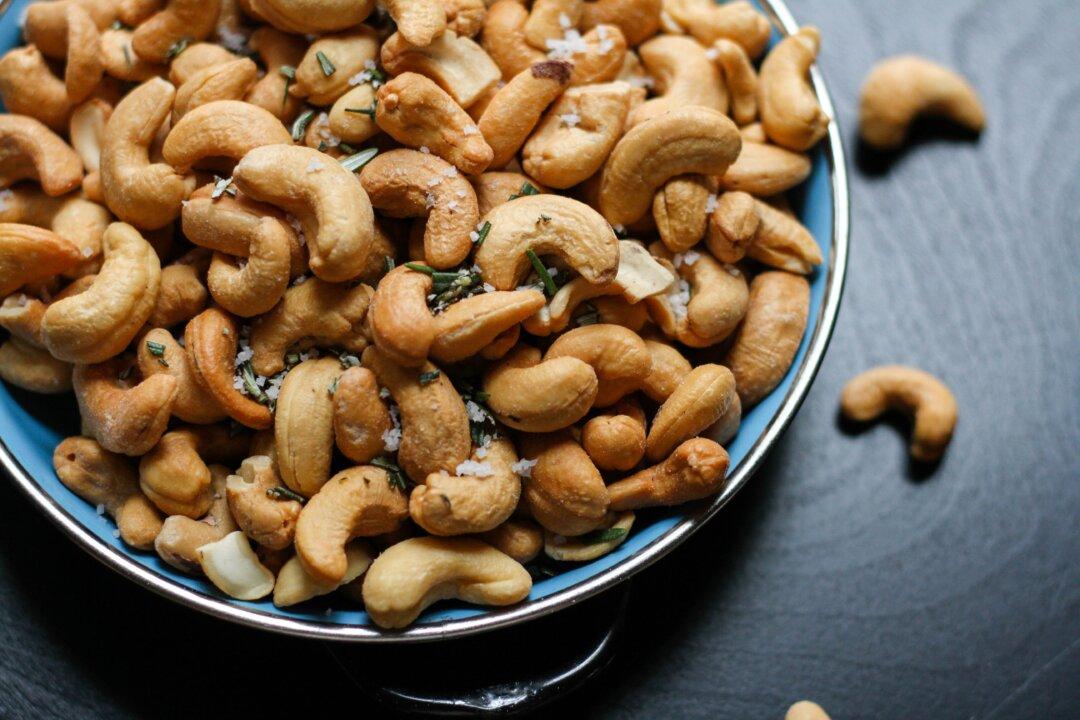People with diabetes frequently have excess glucose (sugar) in their bloodstream. Excess glucose in the bloodstream results in the formation of Advanced Glycation End Products (AGEs), which contribute to diabetic complications. In addition to AGEs being produced in the body due to extra glucose, some can also come from the diet. Fried foods, meats, and dry cooked starchy foods (roasted/fried potatoes, bread, crackers, cookies, muffins and other baked goods, cold cereals, etc.) are high in AGEs.
AGEs are problematic for diabetics. They are formed when sugars react with and consequently damage proteins or fats in the body’s tissues, especially the blood vessels.






